Dados do Trabalho
Título
Don't Miss the Signs: Low Awareness of Pediatric Brain Tumor Symptoms as a Key Factor in Delayed Diagnosis.
Introdução
Timeliness to diagnosis is a fundamental aspect and can enhance the prospect of curable disease and reduce treatment-related morbidities. Pediatric brain tumors are more likely to have a longer interval for diagnosis; a limited knowledge of signs/symptoms by parents and health care professionals are factors associated with parental/physician lag-times.
Objetivo
To assess the knowledge of signs/symptoms of pediatric central nervous system (CNS) tumors among parents and health professionals in both primary and tertiary healthcare settings.
Método
Cross-sectional study; application of questionnaires to parents of children undergoing outpatient at Pediatric Department and health professionals including signs/symptoms as follow: persistent/progressive headache, morning and/or persistent vomiting, failure to thrive, abnormal increase in head circumference, nystagmus and visual disturbances, irritability or/and development delay, seizure, torticollis, abnormal gait and frequent falls, hemiplegia, somnolence/lethargy, behavioral changes, puberty changes.
Resultados
One hundred parents at outpatient care and 147 health professionals were included: 75 pediatricians (53 and 22 from tertiary and primary care, respectively); 31 general practitioners (GPs); and 41 nurses from primary care. Regarding outpatients of the Pediatric Department, headache and seizures were the most frequent signs/symptoms reported as alert for CNS pediatric tumors. Educational level was associated with a higher mean recognition of signs/symptoms (p=0.028). The recognition as alert for CNS pediatric tumors was higher among physicians from the tertiary center (p=0.011), but there was no difference comparing pediatricians and general practitioners from the primary care (p=0.476). Morning and/or persistent vomiting (p=0.030), somnolence/lethargy (p=0.012), abnormal gait/frequents falls (p=0.004) and puberty changes (p<0.001) were the signs/symptoms with the highest recognition rates when comparing professionals from tertiary and primary care. Among nurses, the identification rates were below 75% for all signs/symptoms. The highest rates reported were seizures and persistent headache.
Conclusão
Recognition of barriers associated with delayed diagnosis of CNS tumors is likely to provide opportunities for substantial improvement in care. Education measures alongside a plan linking the community, primary care providers, specialists, and policymakers are an important step to achieve early diagnosis for children with brain tumors.
Área
Neuro-oncologia
Categoria
Categoria Médico
Autores
Natália Dassi, Andrea Maria Cappellano, Fabiola Isabel Suano de Souza, Rosana Puccini, Nasjla Saba da Silva, Maria Wany Louzada Strufaldi
